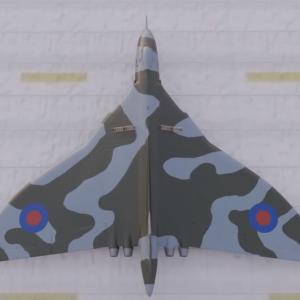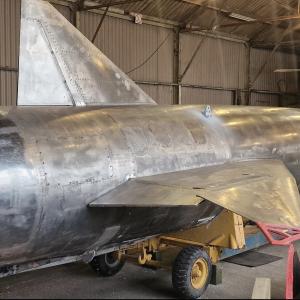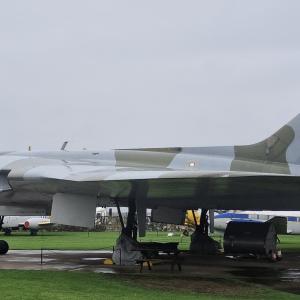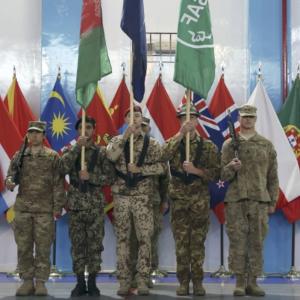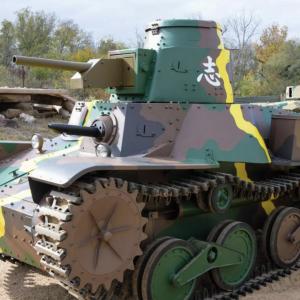
WW1 Trench Whistle
During World War I, the British Army relied heavily on trench whistles as an essential tool for communication, particularly in the chaos of trench warfare. The main purpose of these whistles was to signal troops to go "over the top"—to climb out of their trenches and begin an assault on enemy lines. Due to the constant noise of artillery and gunfire, verbal commands were often useless. The sharp, piercing sound of the trench whistle cut through the battlefield din, ensuring that soldiers could hear and respond to orders instantly.
British officers and non-commissioned officers (NCOs) typically carried these whistles, often secured on a lanyard or chain attached to their uniform. The most critical moment for its use came just before a scheduled charge. A blast or series of blasts from the whistle was the signal for hundreds or thousands of men to leave the relative safety of their trench and charge across no-man's-land—a defining and often deadly feature of WWI combat.
The main manufacturer of British trench whistles during the First World War was J. Hudson & Co., a Birmingham-based company established in the 1870s. The firm became the primary supplier of military whistles for the British forces. Hudson's whistles were often stamped with markings such as "J. Hudson & Co. Birmingham" along with the year of manufacture. These markings have since helped historians and collectors date and authenticate surviving examples.
It is estimated that hundreds of thousands of trench whistles were produced during the war to meet the enormous demands of the British Expeditionary Force. While exact numbers are difficult to pinpoint, the sheer scale of the war and the number of officers and NCOs deployed suggests mass production on an industrial scale.
The whistles were typically made of nickel-plated brass, chosen for its durability, corrosion resistance, and the clarity of the sound it produced. The standard trench whistle was a tubular design known as the "General Service Whistle" or "GSW." It produced a loud, shrill tone and was compact enough to be carried easily, yet robust enough to withstand harsh trench conditions.
Today, original WWI trench whistles are valuable artifacts and poignant reminders of the war’s grim realities, representing not only the organization of military command but also the moments of courage and tragedy on the front lines.

